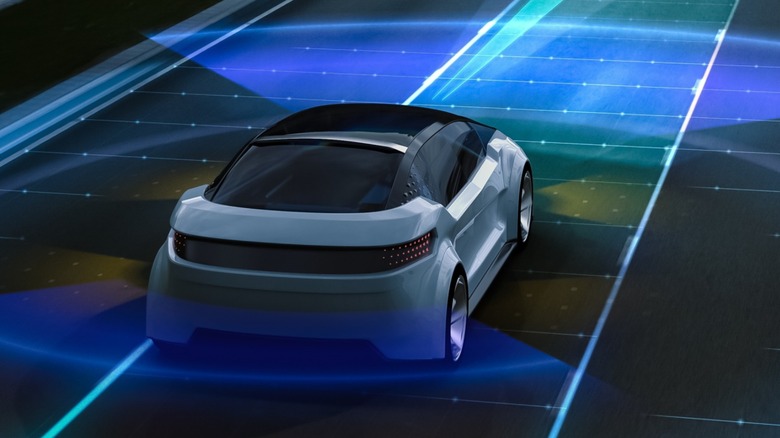Ford's New Patent Shows Future Vehicles Could Communicate With Pedestrians
Over the past decades, the automotive industry has significantly improved vehicle safety. Most of these improvements relate to improved vehicle design and new safety technologies. Needless to say, these improvements have led to a sizable reduction in road fatalities. However, despite these changes, we are several decades away from making completely safe cars — especially from a pedestrian point of view. In fact, pedestrian safety is a growing concern among some of the largest automakers, with companies making concerted efforts to solve this problem.
Notable efforts in this direction include pedestrian airbags and better lighting systems that grab pedestrians' attention more effectively. In addition, companies have also invested heavily in the development of pedestrian detection systems using onboard cameras/sensors. These sensors can premeditate an imminent crash and could help alert the driver to take evasive action. In advanced vehicles, the car automatically applies emergency brakes to prevent anything untoward.
Self-driving cars have also been touted as things that could, one day, eliminate pedestrian fatalities. However, we are still several decades away from developing self-driving vehicles that are 100% safe. In light of these limitations, automakers are resorting to improving existing technologies to at least reduce pedestrian fatalities. Take the case of Ford, which has patented a system for autonomous cars that could mitigate possible fatalities by directly communicating with pedestrians.
How does Ford's Gaze detection system work?
Ford's patent describes the safety pedestrian apparatus as a "vehicle lamp system" that adjusts its color in reaction to a pedestrian's gaze. Powerful onboard computers on the vehicle analyze the pedestrian's gaze to predict the direction they could move. For example, if the computer detects a pedestrian on a crosswalk, the gaze detection system determines whether the pedestrian is far enough from the car for them to cross. The car could then turn the color of its headlight to green to indicate to the pedestrian that it is safe for them to cross.
Another possible outcome would be that the system detects that the pedestrian cannot complete the crossing in time. In such a scenario, the car would flash its headlights in other colors (red or amber, depending on local regulations) and warn the pedestrian to abort the crossing.
Besides serving as an alert/warning system for a single target pedestrian, this lamp system could also be used to warn other people on the street about the intentions of the autonomous vehicle. The patent also describes how the warning system could also be used to communicate with other vehicles on the road, including cyclists. The eventual goal of the system would be to create an easy-to-understand, effective communication system for autonomous cars to communicate with the traffic on the road and thereby reduce fatalities.
Given that this vehicle communication system is still in its patent stage, do not expect any Ford cars or autonomous vehicles to use it soon.

